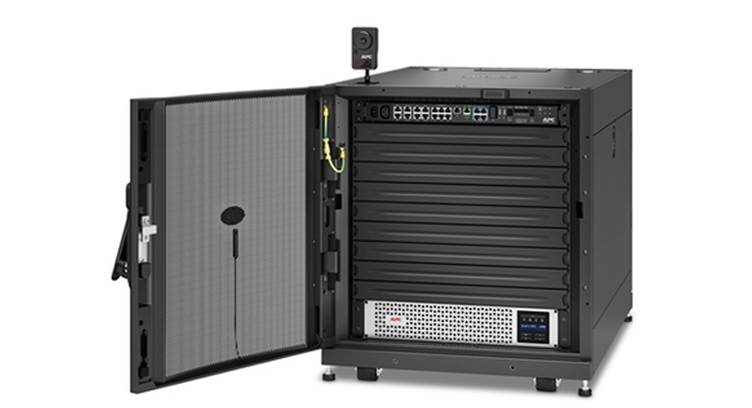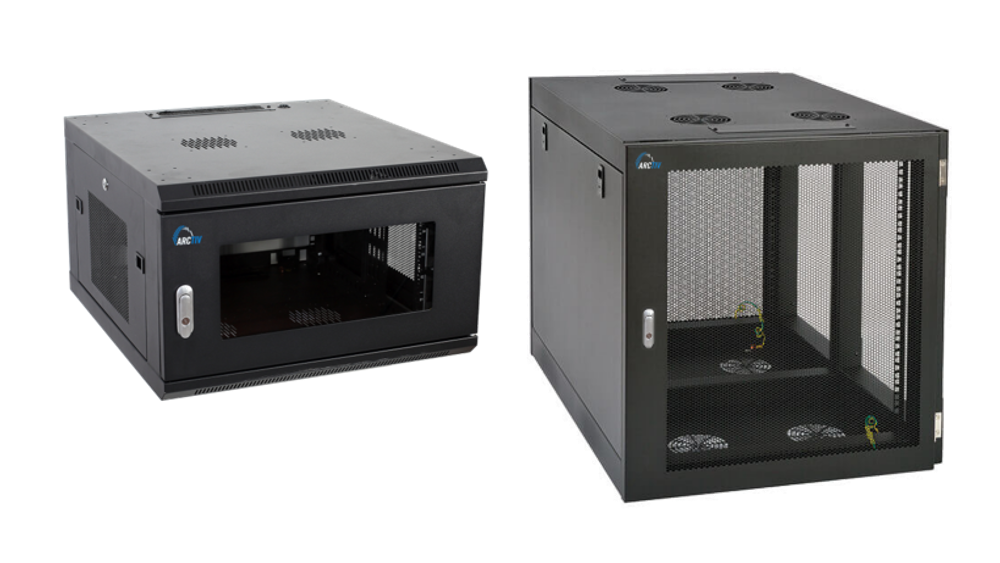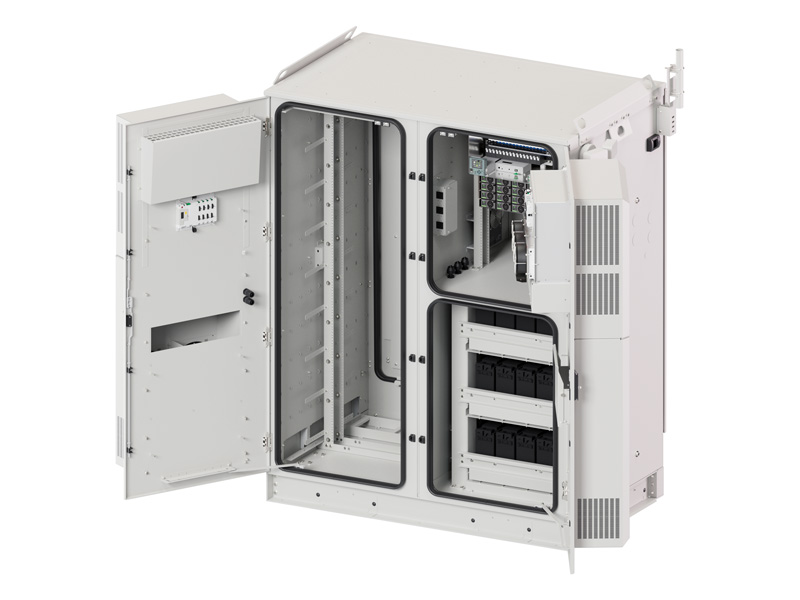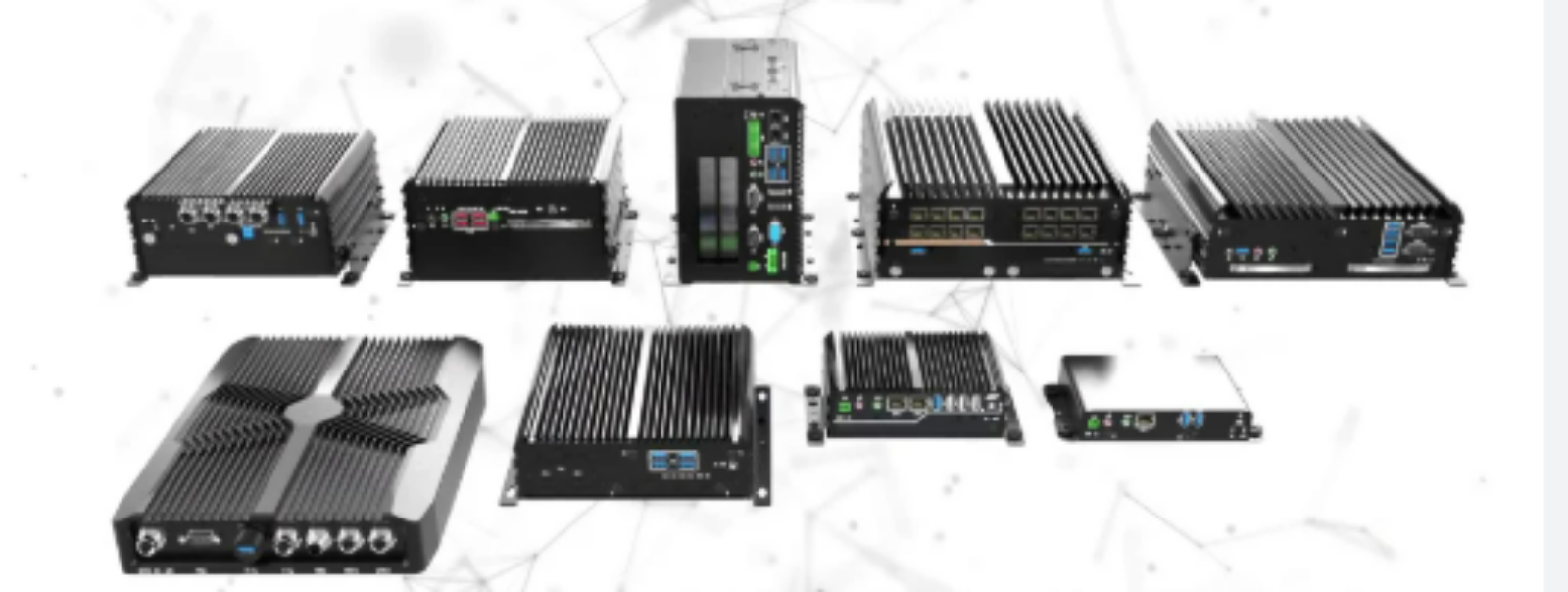Edge computing has become essential in enabling real-time data processing closer to the source. Supporting this growth is the demand for bespoke edge computing cabinet enclosure design with low volume and high mix production—solutions tailored for specialized applications where off-the-shelf products fall short. These customized enclosures are designed to house complex communication networks, telecommunication systems, and messaging systems deployed in diverse, often harsh, environments.

Purpose-Built for Demanding Edge Environments
Edge computing systems are typically installed in remote or rugged settings—like factories, substations, outdoor data points, and military or aerospace installations—where performance, durability, and environmental protection are critical. A bespoke cabinet enclosure offers more than just physical housing; it provides heavy-duty, weather-resistant, and shockproof protection for critical electronics that manage sensitive data and control logic in real time.
Each cabinet is engineered to meet specific technical and environmental requirements. The structure is usually fabricated from robust sheet metal or aluminum alloys, offering strong protection against vibration, corrosion, and ingress. Internally, the design is customized to support airflow, cooling components, and cable routing without compromising space efficiency or accessibility. Advanced features such as EMI shielding, removable trays, and sealed gaskets are also integrated for added protection and ease of maintenance.
Applications in the Edge Computing Ecosystem
These custom-made enclosures serve key roles in smart manufacturing, transportation infrastructure, defense systems, renewable energy monitoring, and drone-based surveillance and jamming operations. Whether deployed in a desert climate or a high-humidity industrial plant, the bespoke edge computing cabinet ensures enduring and uninterrupted system performance.

Such cabinets often support specialized configurations—ranging from embedded systems and FPGA platforms to redundant power modules and remote telemetry interfaces. This versatility is especially vital in low-volume, high-mix production scenarios, where each unit might be uniquely tailored for different edge computing applications.
Challenges in Design, Fabrication, and Assembly
The development of these custom cabinets presents notable challenges. First, the design process must consider both the operational requirements and the physical constraints of each deployment. Balancing internal component fit, airflow, and structural reinforcement in compact spaces is complex, especially when supporting resilient, field-deployable equipment.
The fabrication phase involves advanced techniques such as precision CNC machining, sheet metal bending, and industrial powder coating to achieve the required shockproof and weather-resistant properties. Maintaining tight tolerances is essential, as small errors in panel alignment or gasket compression can lead to failure in real-world conditions.
Moreover, assembly and cabling demand meticulous planning. High-density wiring for telecommunication systems and messaging platforms requires shielded paths, strain relief features, and quick-connect interfaces—each of which must be engineered into the chassis design. Missteps here can compromise signal integrity or serviceability.

Lastly, manufacturing these cabinets in low volumes with a high mix of configurations challenges traditional production workflows. Each enclosure may require custom templates, QA procedures, and documentation. The ability to craft these units while maintaining high quality and short lead times is a key differentiator in this field.
In conclusion, bespoke edge computing cabinet enclosure design with low volume and high mix production is vital for modern infrastructure that demands reliable, flexible, and ruggedized system integration. By addressing the unique challenges of each application, these customized solutions ensure robust performance and adaptability in the expanding edge computing ecosystem.
